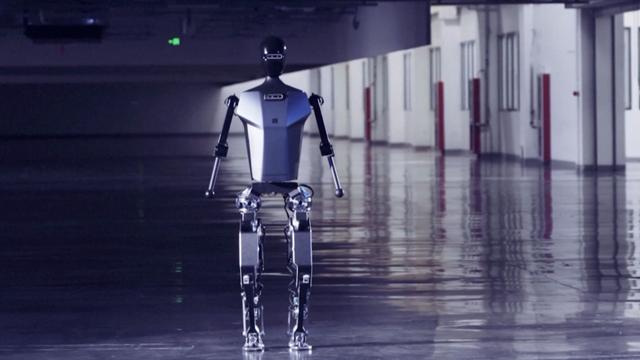The development of humanoid robots has spurred competition among startups. Beijing’s government-supported robotics innovation center unveiled its groundbreaking electric humanoid, “Tiangong.”
The public first saw the robot at the Beijing Economic-Technological Development Area on May 4, coinciding with the introduction of AI advancements at the 2024 Zhongguancun Forum (ZGC Forum).
Developed by the Beijing Humanoid Robot Innovation Center Company, Tiangong is a versatile humanoid capable of maintaining a steady speed of 3.73 miles per hour (6 km per hour). The Chinese government aims to promote accessible humanoid robot platforms through Tiangong’s open-source solution.
Versatile and Adaptable Humanoid
Tiangong, equipped with electric actuators, can move its head, arms, and legs in multiple directions. Standing at 163 cm tall, it incorporates various visual perception sensors and processes 550 trillion operations per second. It also features high-precision six-axis force sensors for accurate force feedback.
Weighing 94.7 pounds (43 kg), this fully electric humanoid maintains stability during movement, especially while running. Its natural running motion is achieved through State Memory-based Predictive Reinforcement Imitation Learning, an advanced technique used by humanoid robots.
Tiangong integrates visual perception sensors, 3D vision sensors, and a high-precision inertial measurements unit (IMU). This comprehensive sensor suite addresses the robot’s motion control challenges. A video demonstrates Tiangong navigating slopes and stairs without visual input and adjusting its gaits to recover from stumbles or falls. Developers highlight its human-like running skills and open-source compatibility for broader commercial applications.
China’s Ambitious Drive
China has an ambitious plan to lead in humanoid robot development. By 2025, they aim to mass-produce humanoid robots that can think, learn, and create. The Economic and Technological Development Area in Beijing has brought together 110 robotics ecosystem businesses to establish a full industrial chain system, including software, hardware, and addressing industry issues like open-source operating systems and control systems.
Tiangong’s open-source design sets it apart, making it a foundation for innovation by academic institutions and robotics firms. China’s humanoid robot sector is thriving, with advanced models from private companies like UBtech Robotics’ Walker S, LimX Dynamics’ CL-1, Fourier Intelligence’s GR-1, Astribot’s S1, and Unitree’s H1.
















